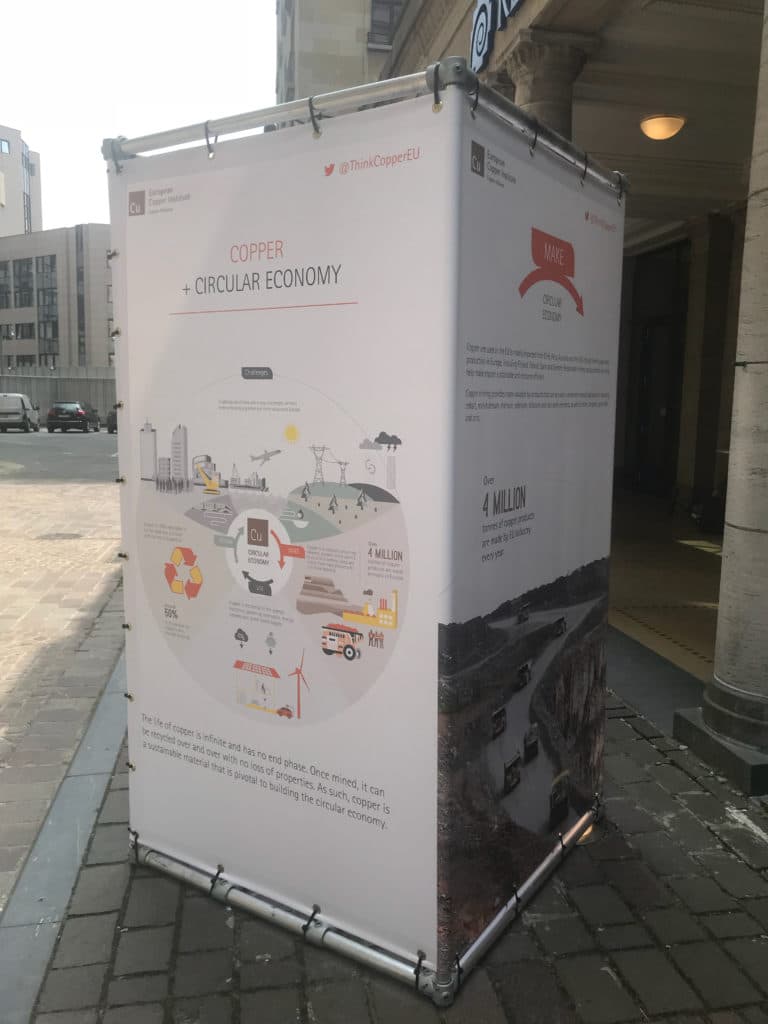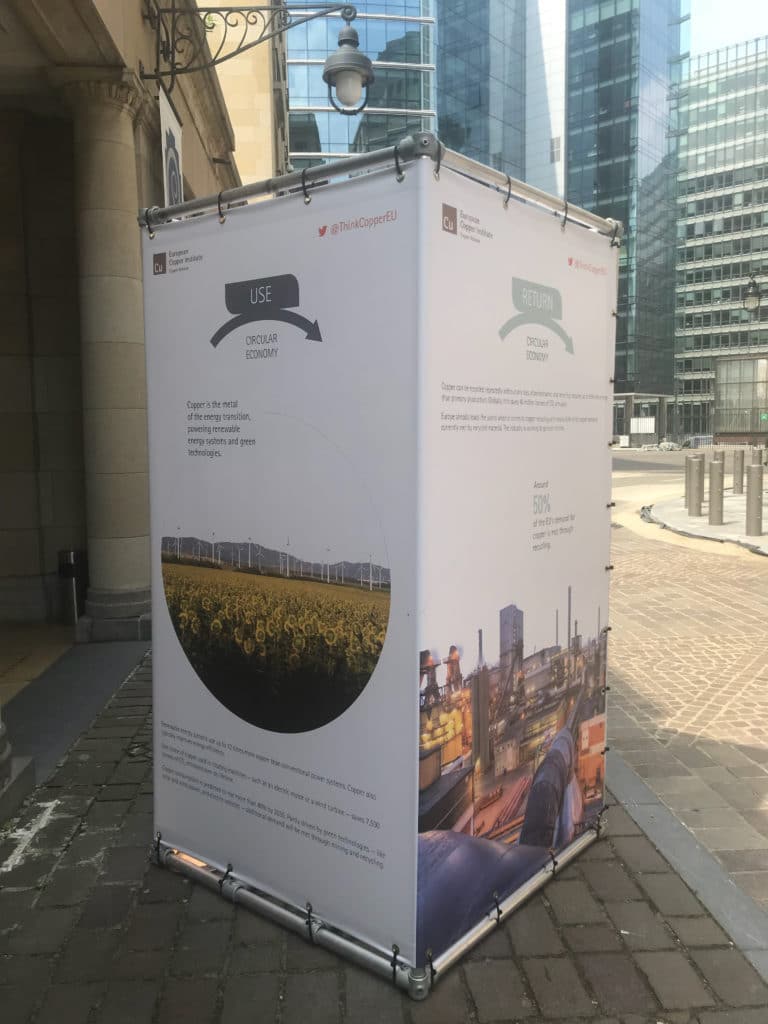Written by Fleming Voetmann, International Copper Association.
As the world transitions to a low-carbon future and delivers on SDG7, we are going to need more metals from both recycling and mining. The World Bank predicts copper demand from renewable energy alone could grow by over 250 percent toward 2050.[1] Similar forecasts are made for other vital metals. Reduced poverty, a rapidly growing global middle class and increased electrification will also drive demand for metals.
The metals we need to shift to low-carbon energy are often found in developing countries and emerging economies, offering enormous opportunities for sustainable growth and jobs, as well as generating taxes to finance education, healthcare, etc. Many of these resource-rich countries are positioning themselves to seek the full potential of a low-carbon future and help deliver on the Sustainable Development Goals (SDGs).
While countries with significant natural resources are planning how to achieve the SDGs, much can be learned from Chile. Rich in natural resources such as fish, agriculture and minerals, Chile is an excellent case of how a country with good governance, a solid political framework and ambitious public-private partnerships has used its natural resources to ensure strong economic development, employment and investments in education, healthcare and infrastructure.
Key to Chile’s robust economic development is its inclusive growth—enabling people to earn the wages they need to thrive. Through reforms and policies, Chile reduced its poverty from 40.5 percent just a few decades ago to 8.5 percent today while quadrupling per capita income.[2]
Mining, particularly copper mining, is a central pillar of Chile’s sustainable-economic development. Copper mining represents a $24 billion industry, 10 percent of the country’s GDP and an average of 7.8 percent of tax revenue. Copper mining also employs close to 400,000 people in Chile.[3] Impressively, copper-mining companies are among the most innovative in the country, with processes and organizational management at double the national average and significant positive indirect impact on supporting industries.
Additionally, mining regions have significantly higher salaries—between 80 to 110 percent higher than regional averages—and up to 50 percent lower poverty rates than the national average, one-third lower than regions without copper mining.
Chile has become one of the two highest-income Latin American economies. To achieve these results, Chile adopted policies and practices to raise and manage revenues in ways benefitting its citizens. Since clean technologies require large quantities of metals and minerals, developing countries with major natural resources have an opportunity to prepare for the growth in demand, while ensuring the appropriate policy mechanisms are in place to safeguard inclusive growth, local communities and the environment.[4]
To help achieve a more sustainable future the SDGs offer the best and most comprehensive framework for fruitful collaboration between the public and the private sector, and when it comes to sustainable development in natural resource-rich countries, much can be learned from the impressive progress made in Chile.
***
[1] “The Growing Role of Minerals and Metals for A Low-Carbon Future.” World Bank, July 2017. Retrieved from http://documents.worldbank.org/curated/en/207371500386458722/pdf/117581-WP-P159838-PUBLIC-ClimateSmartMiningJuly.pdf. Figure 2.11 Mean Cumulative Demand, 2013–50, for the Technologies Examined in This Study (Impact on cumulative demand of relevant metals by 2050, under the 2DS scenario, as a fraction of cumulative demand if the 2013 production levels are sustained to 2050.)
[2] The Socioeconomic Impact of Copper Mining in Chile. (June 2018). Retrieved from https://sustainablecopper.org/the-socioeconomic-impact-of-copper-mining-in-chile/
[3] Ibid, The Socioeconomic Impact of Copper Mining in Chile. (June 2018)
[4] In a Low-Carbon Future, Better Mineral Governance Could Power Development. (June 5, 2018). Retrieved from https://resourcegovernance.org/blog/low-carbon-future-better-mineral-governance-could-power-development



